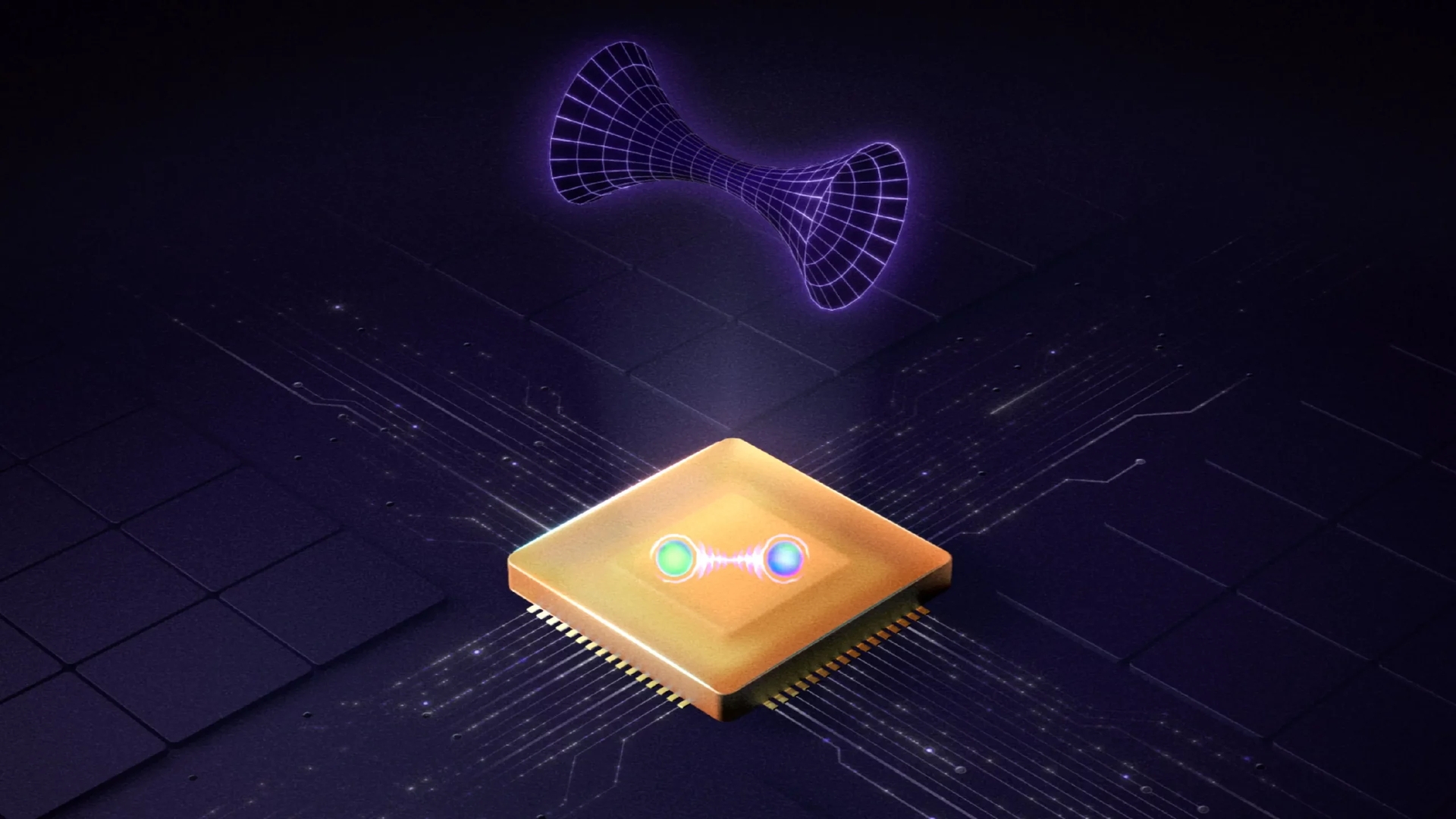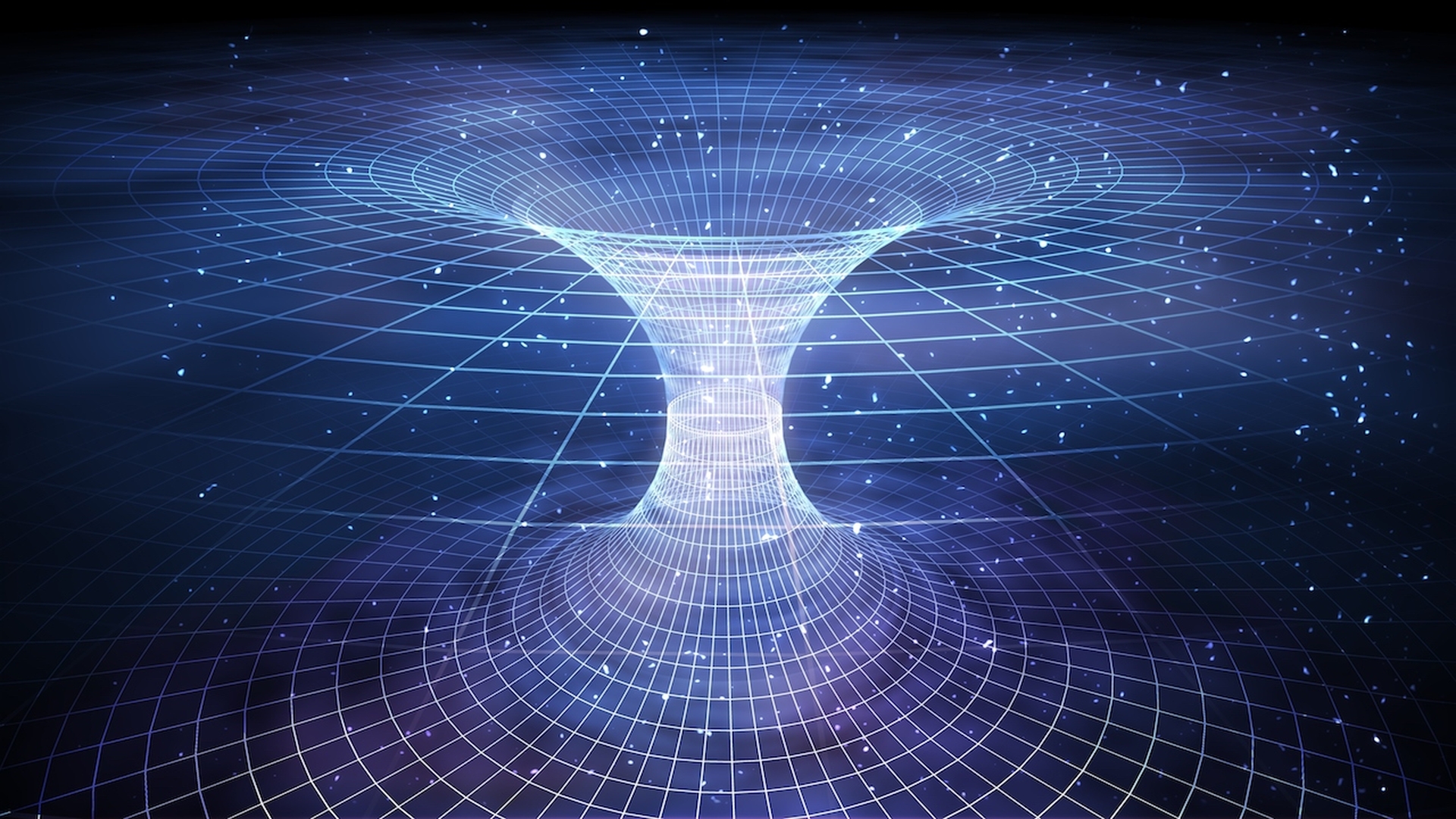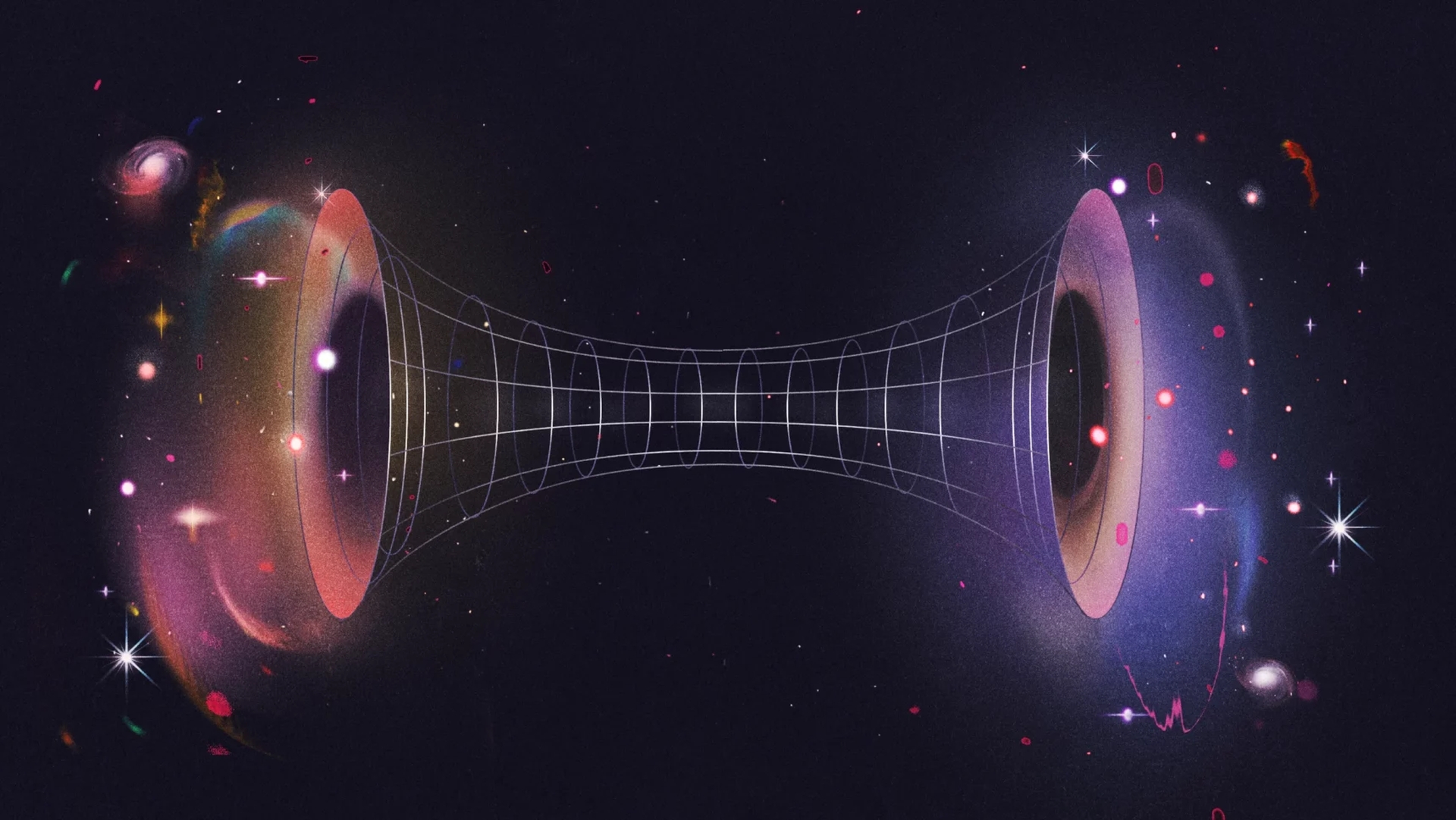Scientists build baby wormhole! We know that sounds like a headline from a newspaper from the future. In science fiction, wormholes in the universe act as portals through space and time that allow spaceships to effortlessly travel vast distances. Think of movies and television shows like “Star Trek” and “Interstellar” for examples. If only everything were that easy.
Scientists build baby wormhole, really?!
Long-term efforts by scientists to comprehend wormholes more thoroughly now seem to be bearing fruit. Researchers revealed on Wednesday that they created two extremely tiny simulated black holes in a quantum computer and sent a message through what amounted to a space-time tunnel between them. Basically meaning scientists build baby wormhole. Black holes are those extraordinarily dense celestial objects with gravity so strong that not even light can escape.

According to Maria Spiropulu, a physicist at Caltech and a co-author of the study that was published in the journal Nature, it was a “baby wormhole.” She said that researchers are still a long way from being able to transmit humans or other living things via such a gateway.
“Experimentally, for me, I will tell you that it’s very, very far away. People come to me and they ask me, ‘Can you put your dog in the wormhole?’ So, no… That’s a huge leap.”
According to physicist and research co-author Joseph Lykken of Fermilab, the nation’s particle physics and accelerator facility, “There’s a difference between something being possible in principle and possible in reality. So don’t hold your breath about sending your dog through the wormhole. But you have to start somewhere. And I think to me it’s just exciting that we’re able to get our hands on this at all.”

The Sycamore quantum processor at Alphabet’s Google was used by the researchers to monitor the wormhole dynamics. A wormhole, a rift in space and time, is viewed as a link connecting two distant parts of the cosmos. They are known as Einstein-Rosen bridges after the two scientists who first described them, Nathan Rosen and Albert Einstein.
Such wormholes are in line with Einstein’s general relativity theory, which focuses on gravity as one of the universe’s fundamental forces. John Wheeler, a physicist, first used the phrase “wormhole” in the 1950s. According to Spiropulu, the researchers discovered a quantum system that shows crucial gravitational wormhole characteristics while being tiny enough to be implemented in current quantum technology. Lykken said:
“It looks like a duck, it walks like a duck, it quacks like a duck. So that’s what we can say at this point – that we have something that in terms of the properties we look at, it looks like a wormhole,”

The experiment, according to the researchers, did not result in the creation of a wormhole that could be crossed, but quantum information that was transferred using quantum codes on the quantum processor gave the impression that one had. Lykken also added:
“These ideas have been around for a long time and they’re very powerful ideas. But in the end, we’re in experimental science, and we’ve been struggling now for a very long time to find a way to explore these ideas in the laboratory. And that’s what’s really exciting about this. It’s not just, ‘Well, wormholes are cool.’ This is a way to actually look at these very fundamental problems of our universe in a laboratory setting.”
If you enjoy reading news like scientists build baby wormhole, we are sure you will also enjoy reading Elon Musk’s Neuralink will put brain chips in humans, or Artemis 1 crew members: Real world “Bravehearts” that will carry out the mission.





